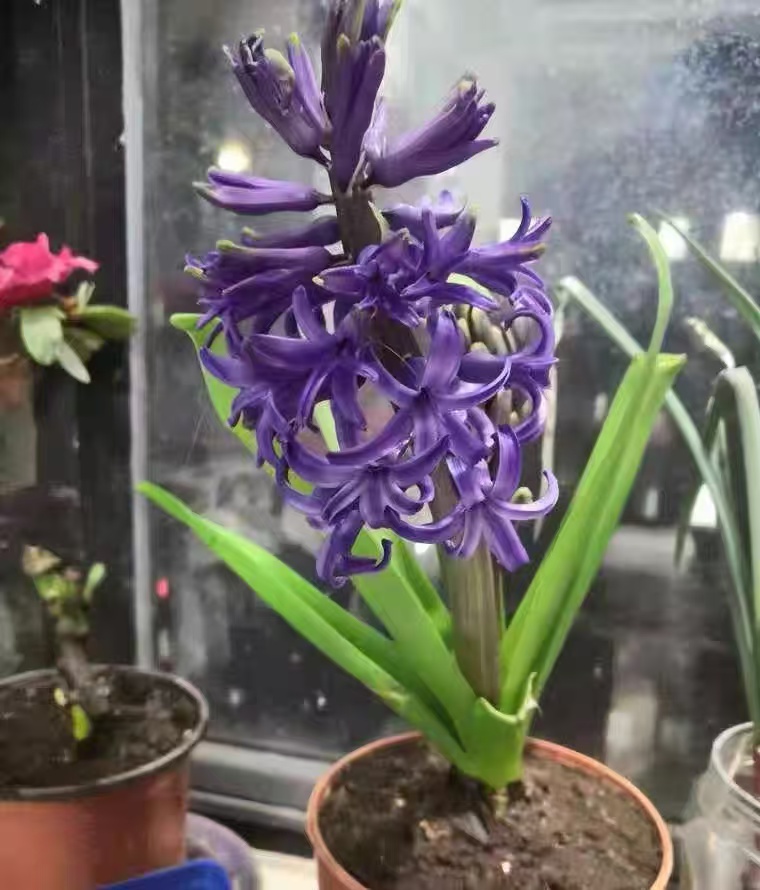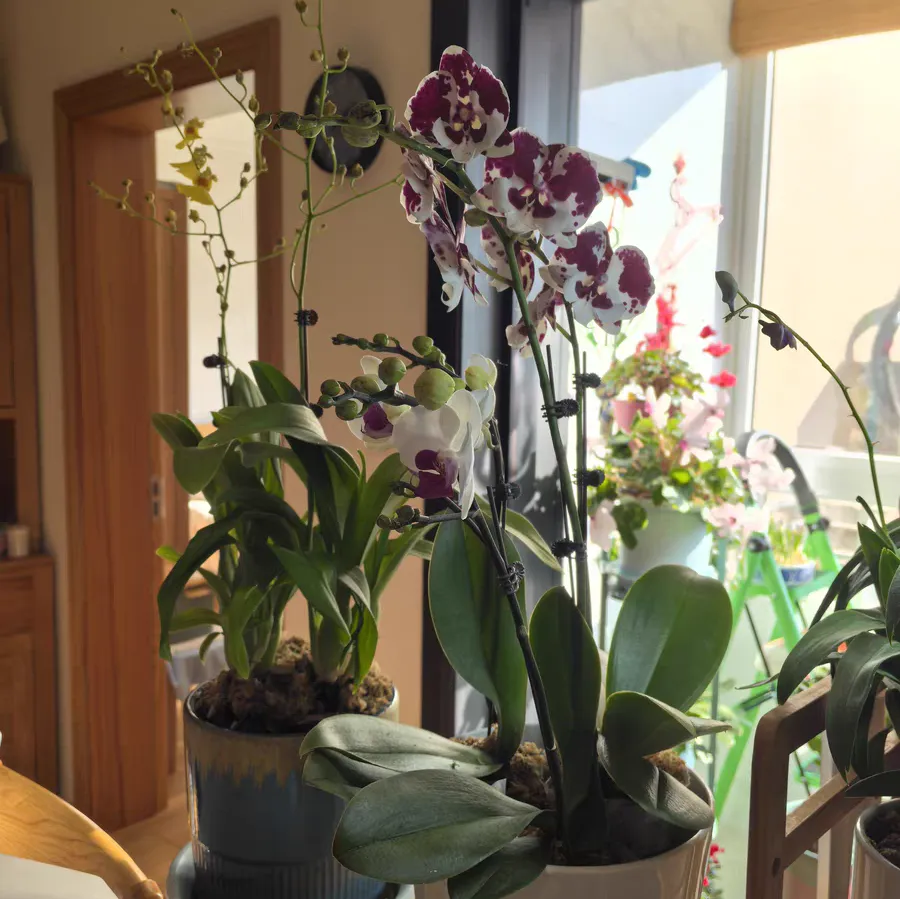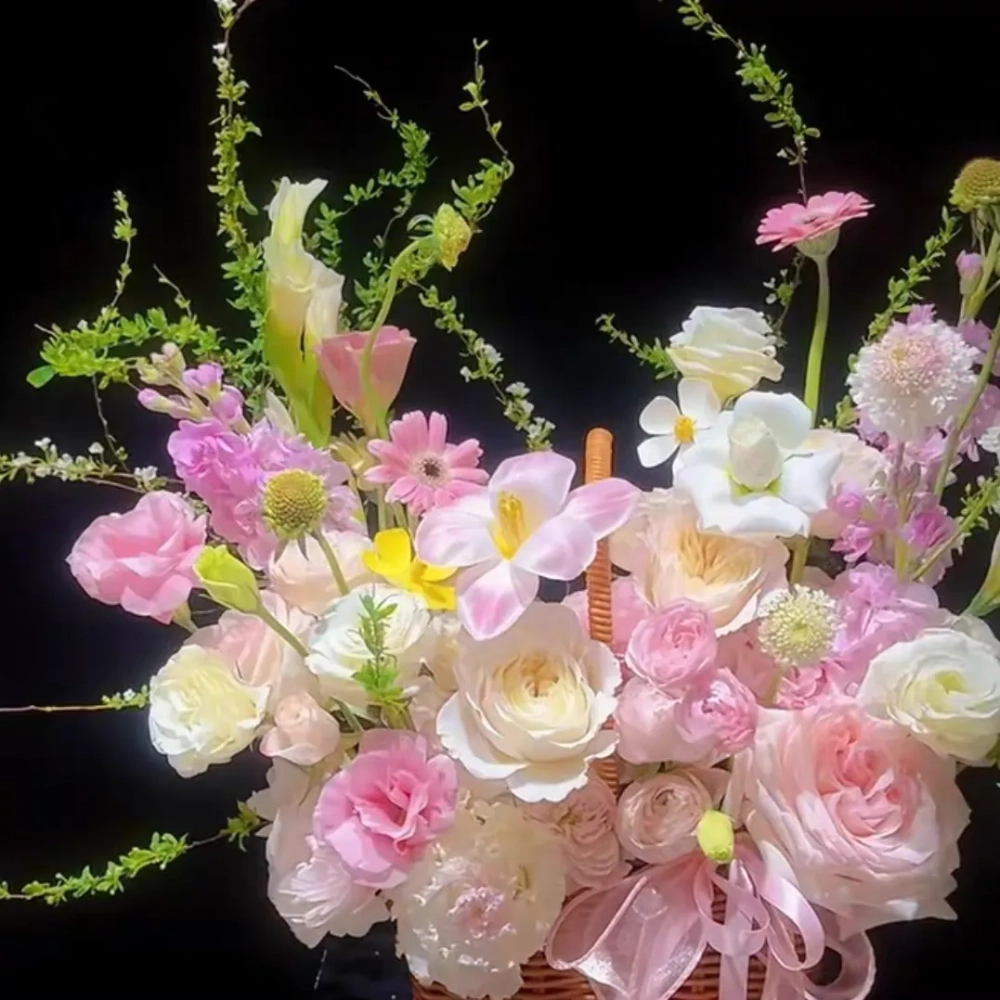In winter, as the temperature gradually drops, many flowers enter a dormant period, with their growth rate slowing down and their demands for water and nutrients correspondingly decreasing. Therefore, when cultivating flowers in winter, adopting the "lazy cultivation" method can not only reduce the workload of maintenance but also help the flowers better adapt to the cold environment and survive the winter smoothly. The following will explain why "lazy cultivation" is needed for flower cultivation in winter and recommend six types of flowers suitable for "lazy cultivation" in winter.
Winter is a severe cold season. Many flowers enter the dormant period, growing slowly or even ceasing to grow. At this time, excessive watering or fertilizing will, on the contrary, cause harm to the flowers, leading to problems such as root rot and excessive growth. Therefore, flower cultivation in winter requires "lazy cultivation", that is, reducing the frequency of watering and fertilizing, allowing the flowers to spend the dormant period in a relatively dry environment with fewer nutrients. Meanwhile, the sunlight in winter is relatively weak, the photosynthetic capacity of the flowers decreases, and their demands for water and nutrients also decrease correspondingly, further justifying the rationality of "lazy cultivation".
Six Types of Flowers Suitable for "Lazy Cultivation" in Winter
Cymbidium sinense: Winter is the crucial period for Cymbidium sinense to form buds and bloom. When cultivating Cymbidium sinense, it is necessary to control the watering properly to avoid the root system rotting due to overly wet potting soil. Meanwhile, Cymbidium sinense is not tolerant of strong sunlight. When basking in the sun in winter, it is also necessary to prevent sunburn. If possible, it can be shaded by 20% - 30% to avoid the direct strong sunlight at noon. In addition, Cymbidium sinense is not cold-tolerant and should be cultivated in an environment where the minimum temperature is not lower than 5 degrees Celsius, with the air humidity maintained above 50% and often sprayed to keep it humid.
Kalanchoe blossfeldiana: Kalanchoe blossfeldiana is native to Madagascar in Africa and is adapted to the tropical climate. When cultivating it indoors in winter, it is recommended to place it in a well-ventilated and brightly lit place while avoiding being close to the windows where cold wind blows directly. Kalanchoe blossfeldiana loves sunlight, but the sunlight in winter is relatively weak and the duration is shorter, so it is necessary to maintain a lighting time of more than six hours per day. The watering frequency should be controlled, and watering should be done only when the soil is completely dry to avoid overly wet potting soil. The suitable growth temperature range is from 15°C to 25°C. Fertilizing should be done thinly and frequently, with only one fertilization per month.
Hyacinthus orientalis: Hyacinthus orientalis likes a warm and humid environment in winter and a cool and slightly dry environment in summer. When cultivating it in winter, just put the bulbs into a water bottle and maintain the appropriate water level and temperature. The roots of Hyacinthus orientalis bulbs grow best at a low temperature of 2 - 6°C, the suitable temperature for bud germination is 5 - 10°C, the suitable temperature for leaf growth is 5 - 12°C, and the most favorable temperature for budding and blooming is 15 - 18°C. When hydroponically cultivating Hyacinthus orientalis, attention should be paid to keeping the water quality clean to avoid root rot. When cultivating it in soil, a well-drained and fertile sandy loam should be selected.
Schlumbergera truncata: Schlumbergera truncata is a drought-tolerant flower. When the temperature is low in winter, it doesn't need too much watering. If the potting soil is too wet, it will affect the blooming and cause root rot. Just place it in a position with scattered sunlight and keep the room temperature at about 15 degrees Celsius. When Schlumbergera truncata is blooming, don't move it frequently to avoid flower and bud dropping and a shorter blooming period.
Cyclamen persicum: Cyclamen persicum likes a cool environment. Winter is its vigorous growth and blooming period. When cultivating it, the pot should be changed and replanted in time. When replanting, coarse sand grains should be placed at the bottom of the pot to facilitate drainage. When watering, be careful not to let the corm get wet, and just keep the potting soil moist. Cyclamen persicum is a flower that loves sunlight. During the budding period, it should be given sufficient sunlight, and phosphorus and potassium fertilizers should be applied once every week. During the blooming period, it is not advisable to apply nitrogen fertilizers, and a compound fertilizer or potassium dihydrogen phosphate should be applied once every week.
Rhododendron simsii: Although winter is not the main growth period of Rhododendron simsii, appropriately reducing the frequency of watering and fertilizing can also adapt to the "lazy cultivation" method in winter. Keep the soil slightly wet, avoid waterlogging, and place it in a place with bright light but avoid direct sunlight. Keep the temperature above 5 degrees Celsius to avoid frostbite caused by too low a temperature.
Flower cultivation in winter requires "lazy cultivation", which is not only the natural law of flower growth but also an effective method to reduce the maintenance workload and improve the survival rate of flowers. The above six types of flowers are all excellent choices suitable for "lazy cultivation" in winter. By reasonably controlling the maintenance conditions such as watering, fertilizing and lighting, these flowers can all maintain a healthy state in winter and lay a solid foundation for their growth and blooming in the coming spring.
Why Do We Need to "Lazily Cultivate" Flowers in Winter?

Share with
Tagged in :




Leave a Reply